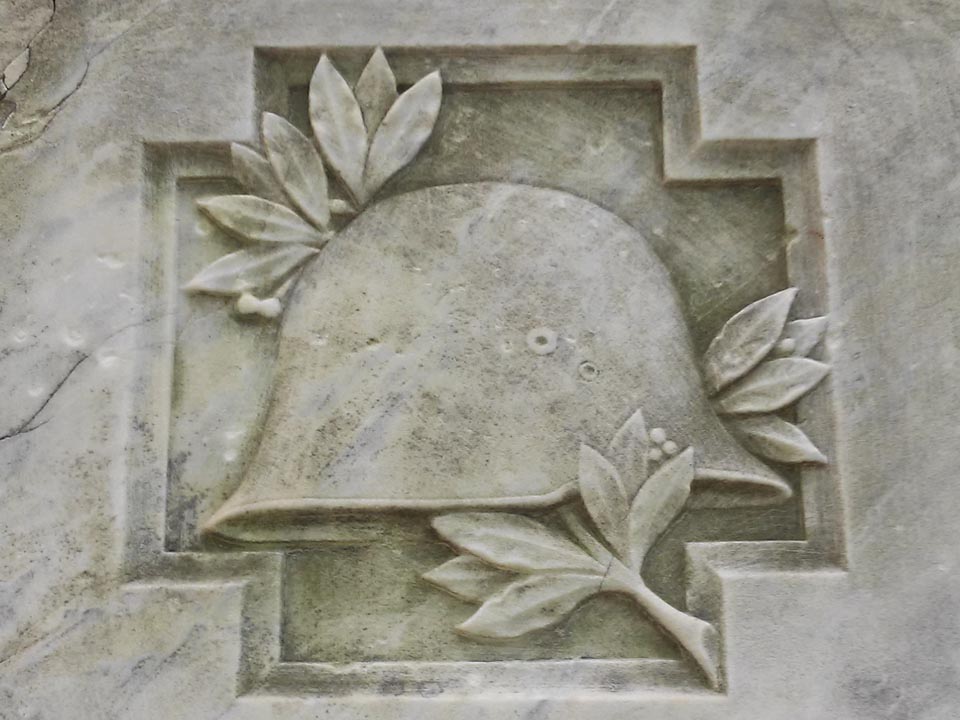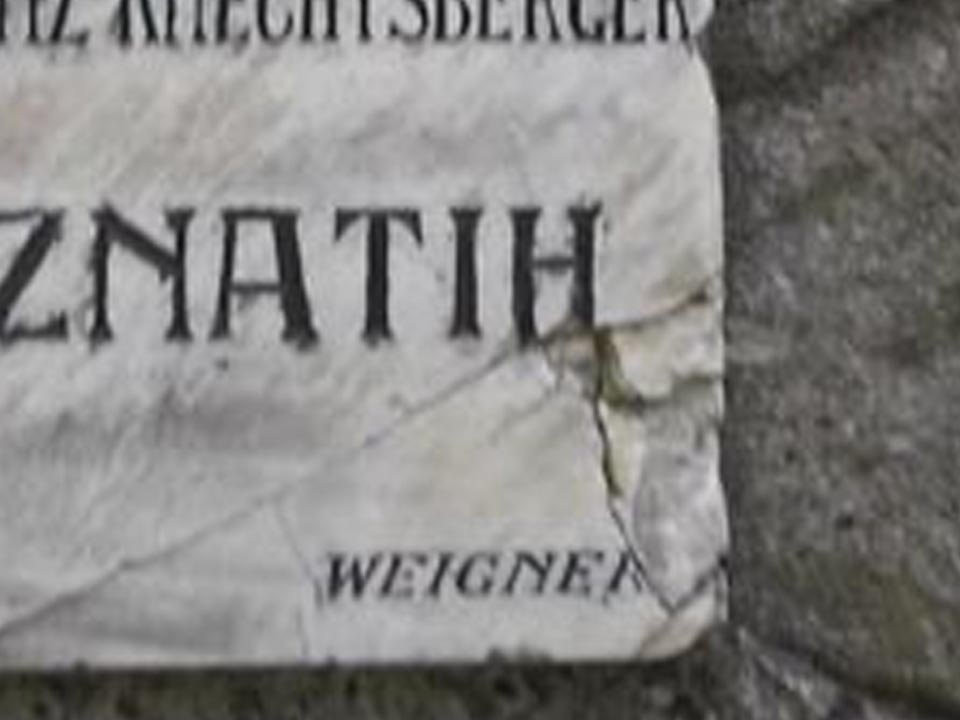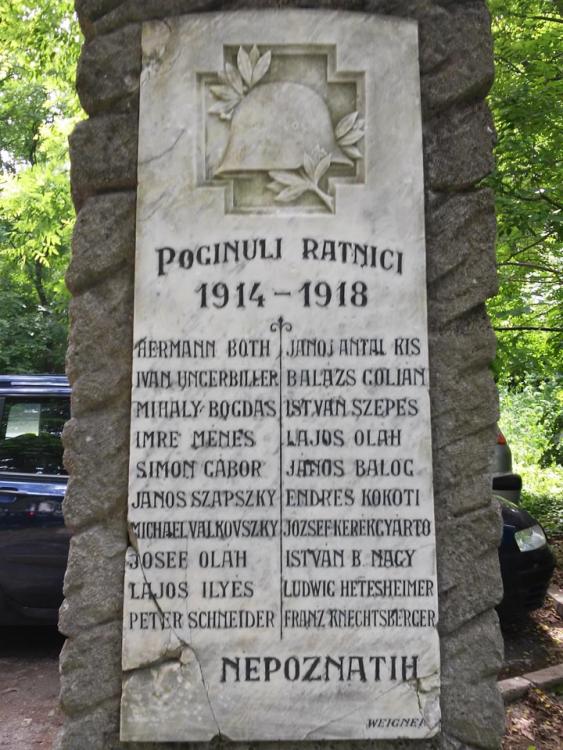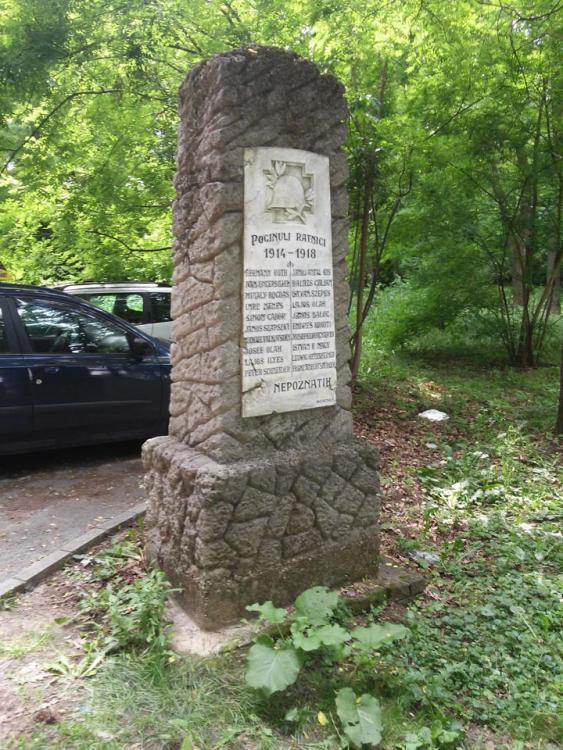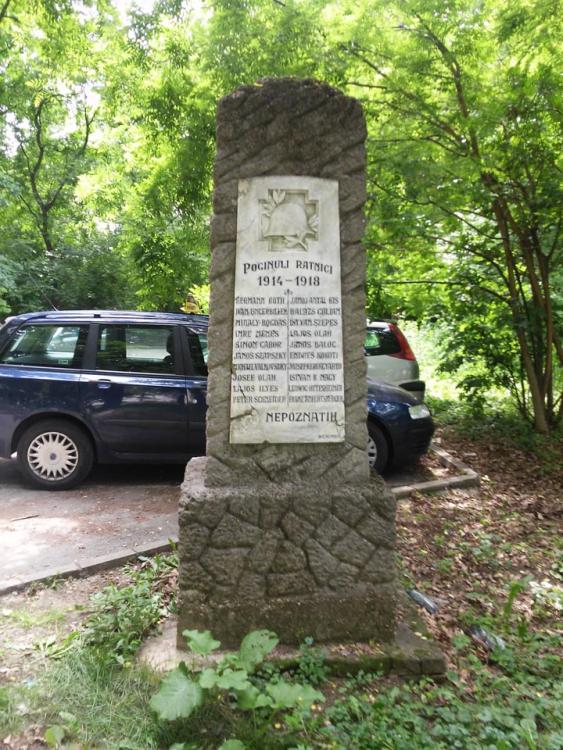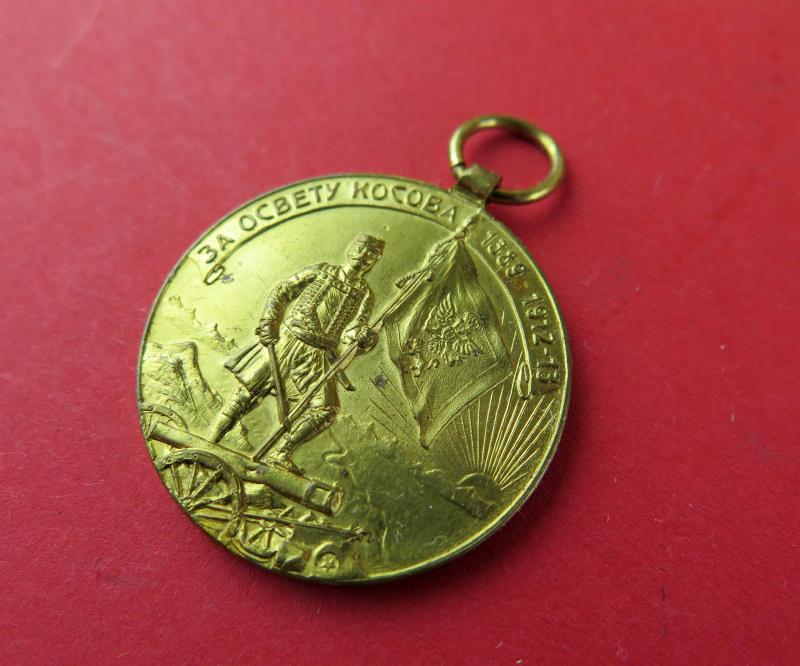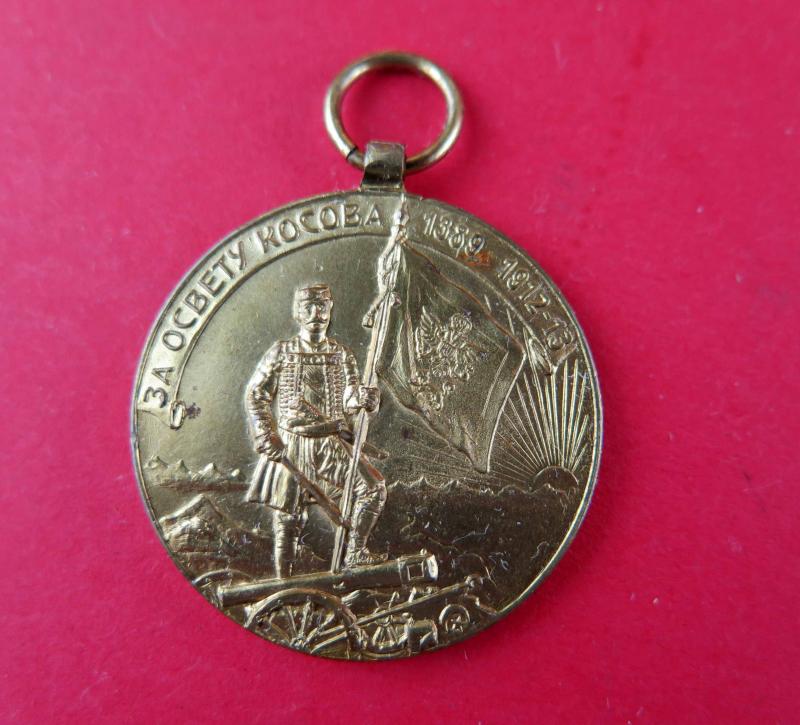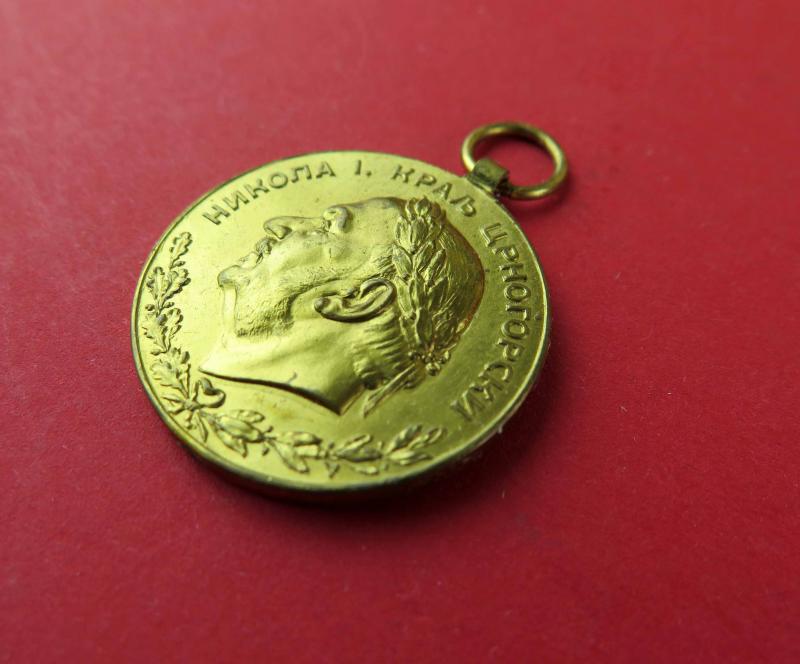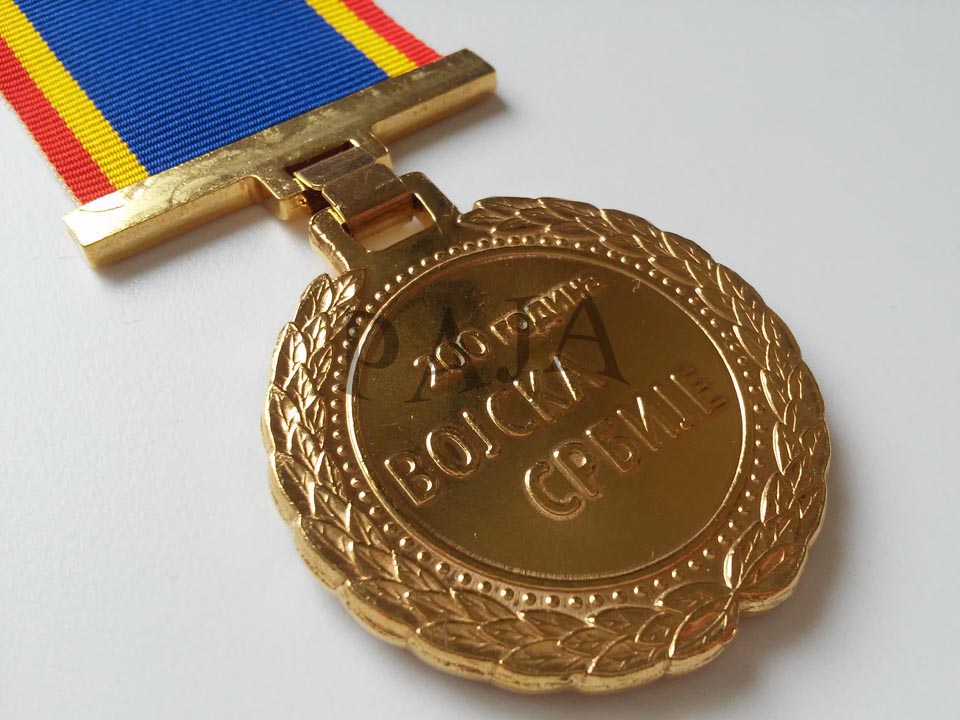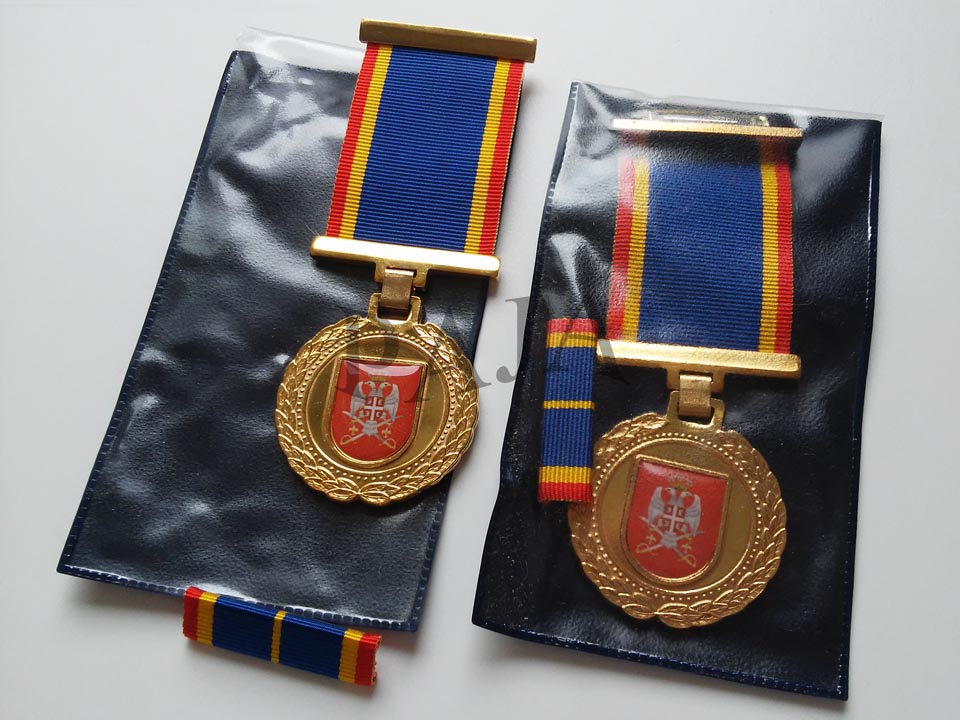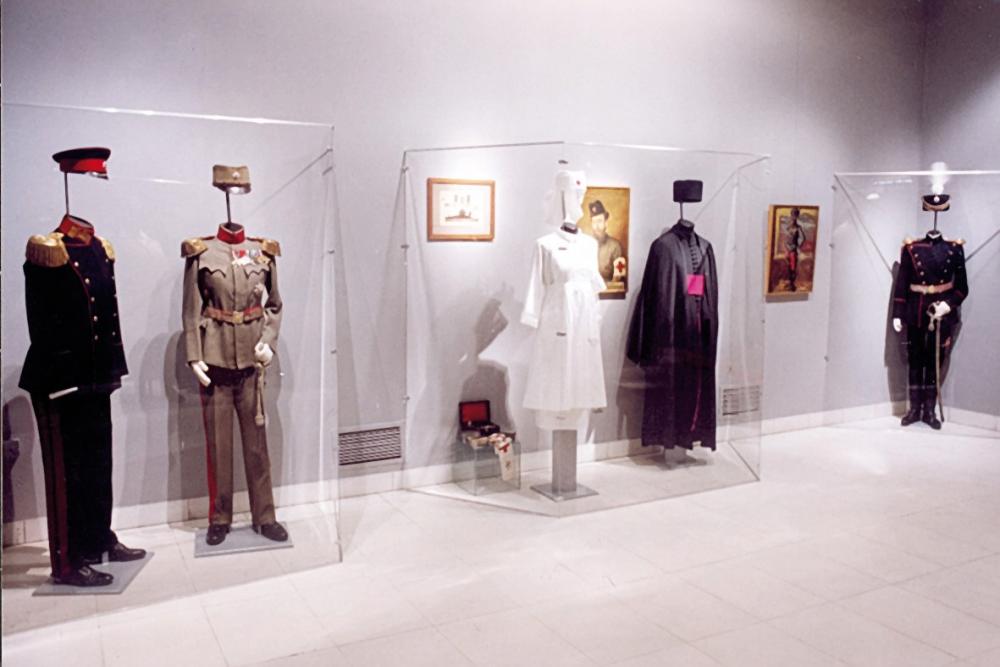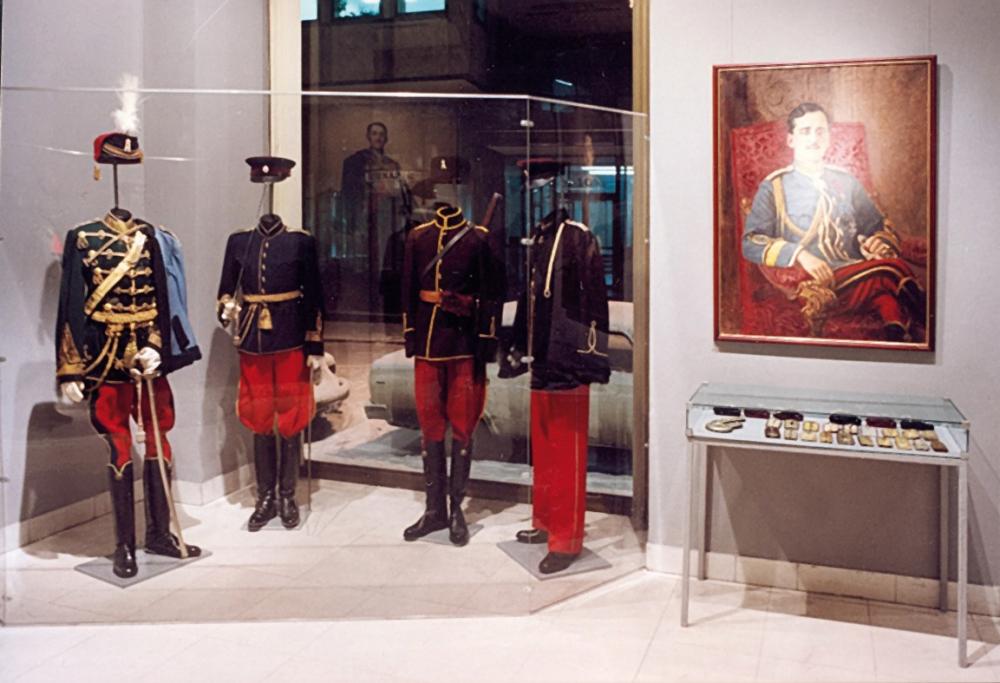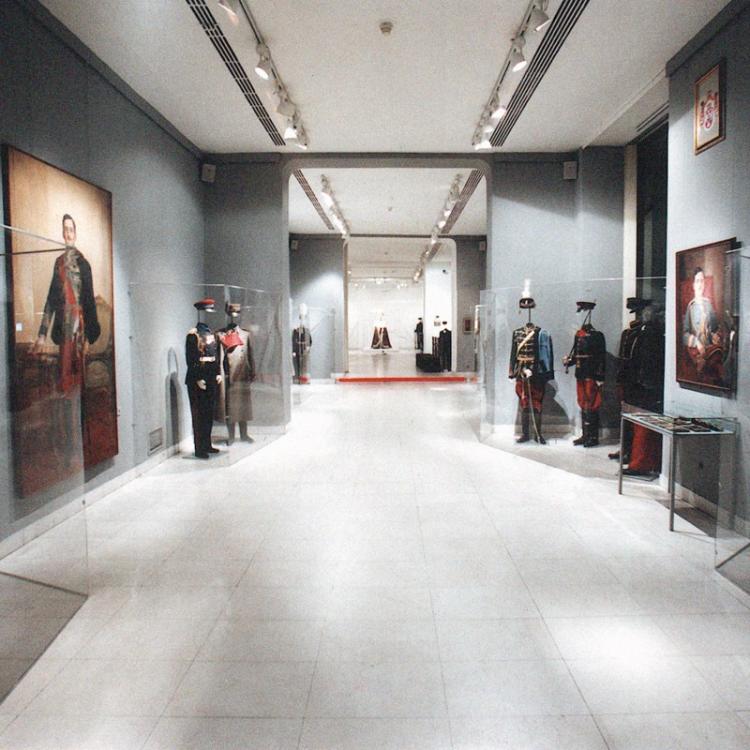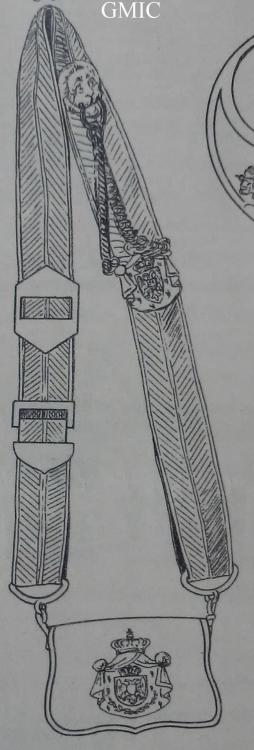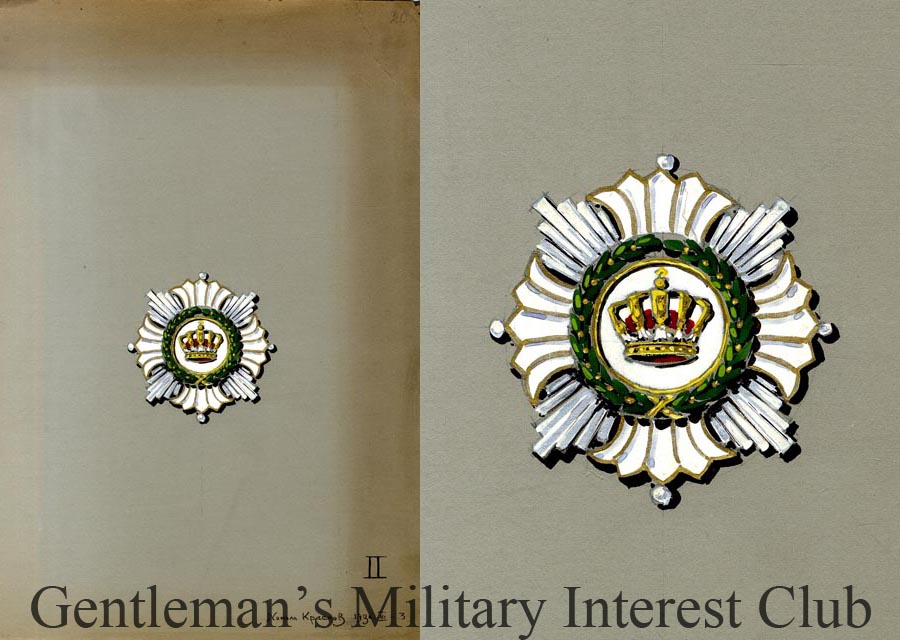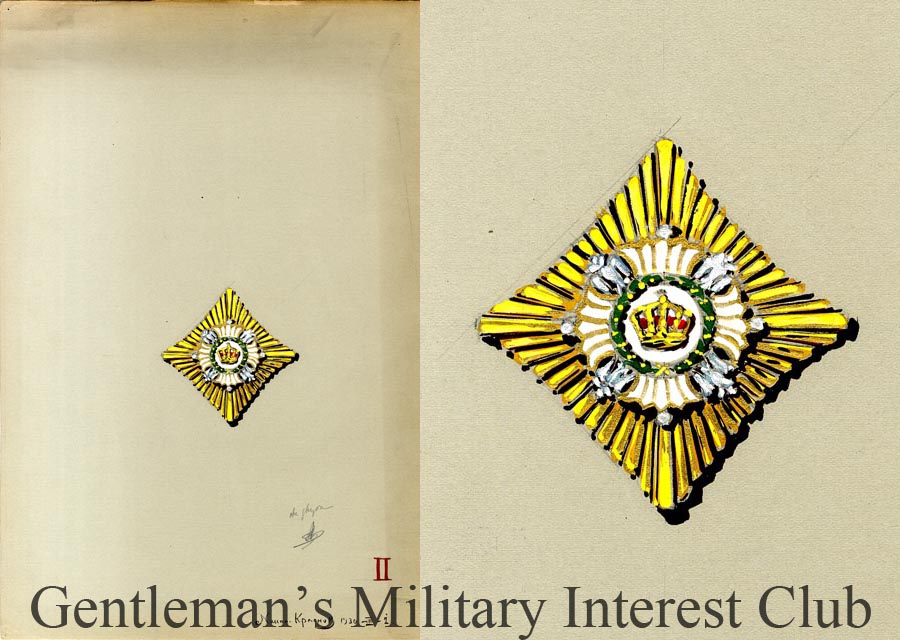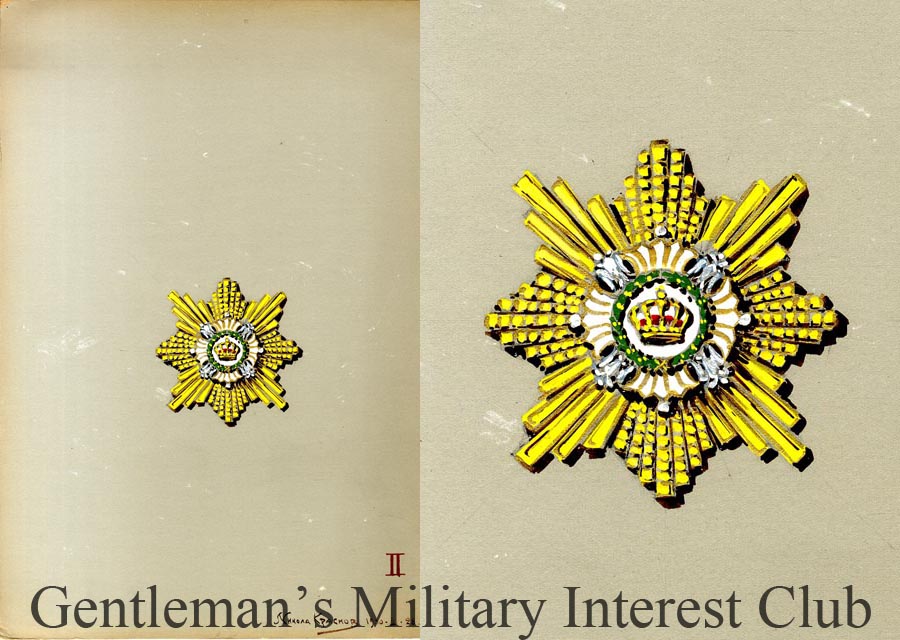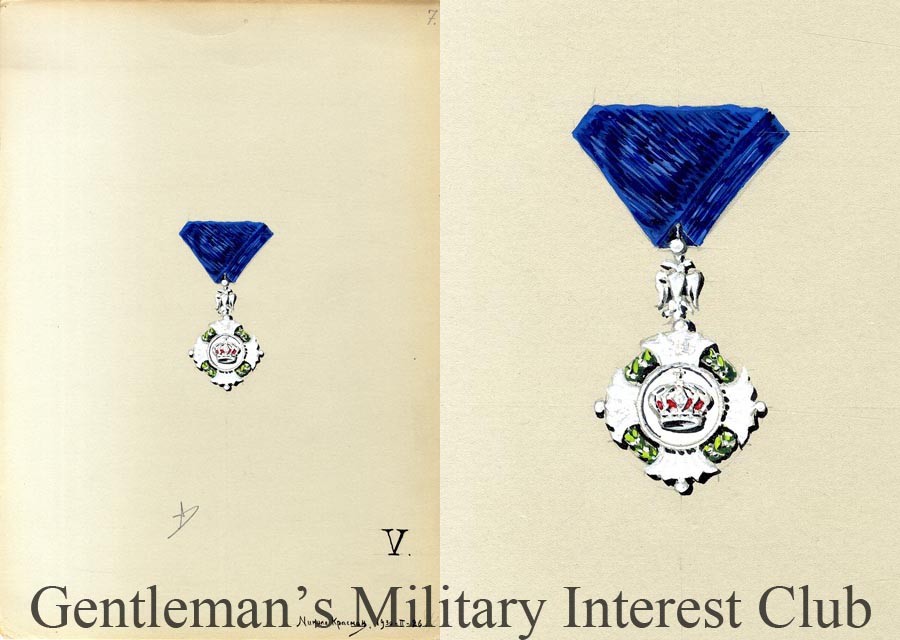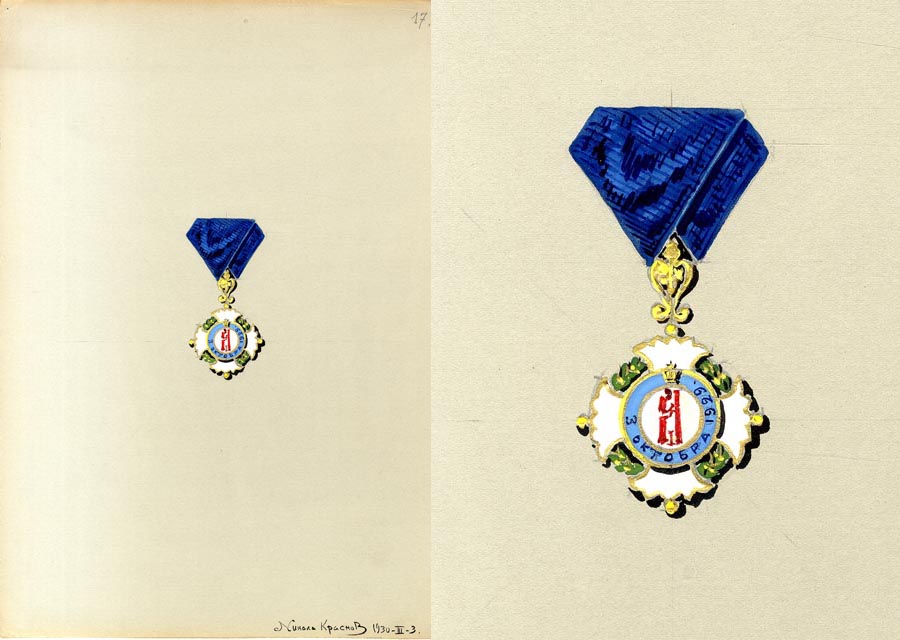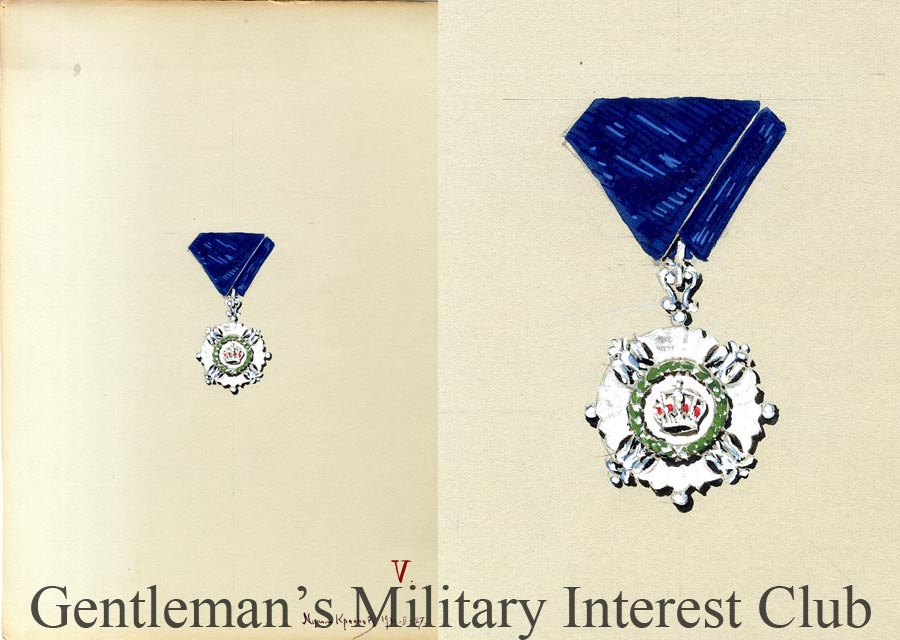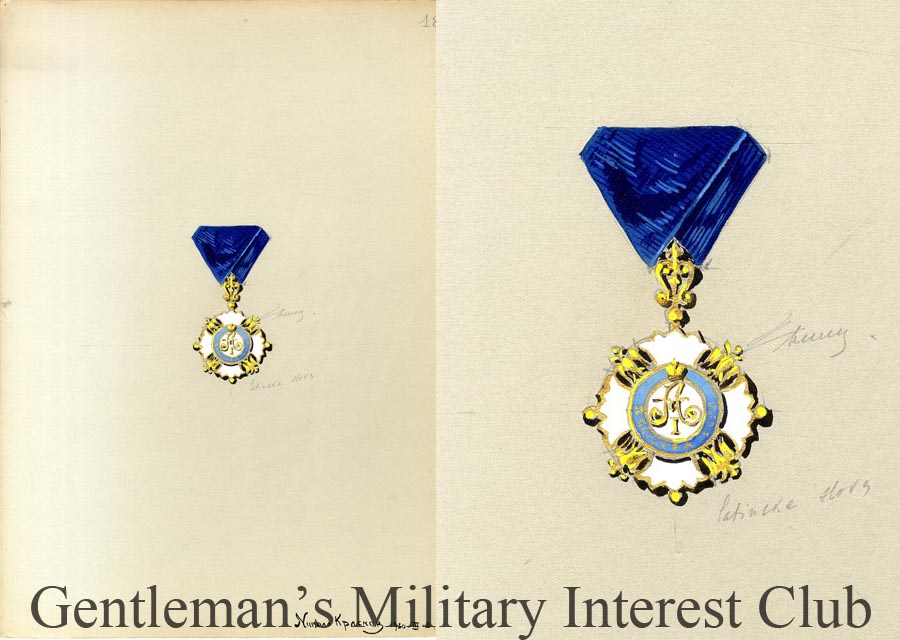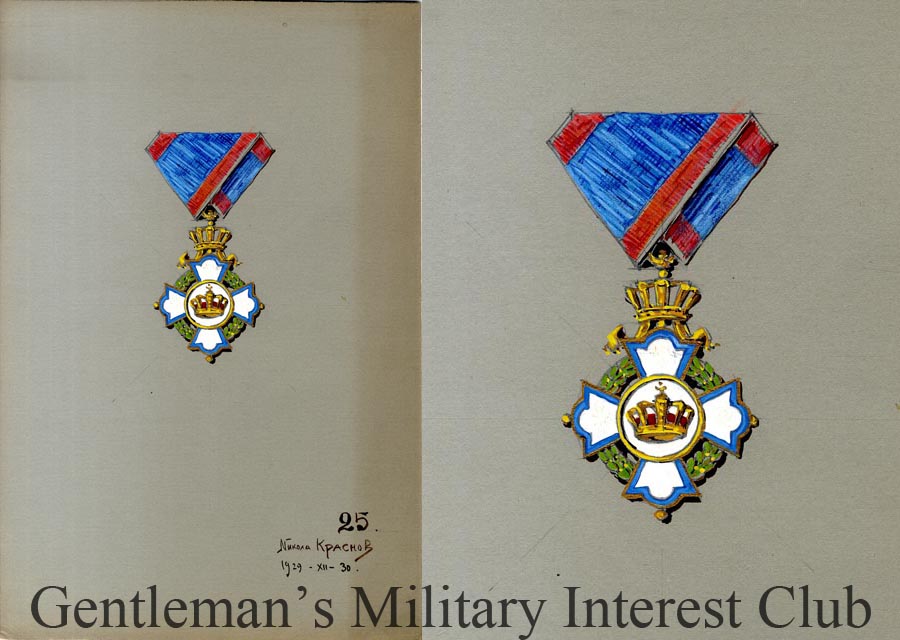-
Posts
3,629 -
Joined
-
Last visited
-
Days Won
1
Content Type
Profiles
Forums
Blogs
Gallery
Events
Store
Everything posted by paja
-
I forgot to post the link to the auction, here it is: http://www.ebay.de/itm/KuK-Kappenabzeichen-russisches-Abzeichen-Medaille-Kosovo-1389-1912-Orden-badge-/231918507489?nma=true&si=AH1yQ2Ln0dJ5chKglnweqxthuAs%3D&orig_cvip=true&rt=nc&_trksid=p2047675.l2557 Item location: Österreich Achieved price: EUR 1.122
-
austria-hungary Monument to Fallen Austro-Hungarian Soldiers in Belgrade
paja replied to paja's topic in Austro-Hungarian Empire
-
austria-hungary Monument to Fallen Austro-Hungarian Soldiers in Belgrade
paja replied to paja's topic in Austro-Hungarian Empire
Markgraf, thank you! Even though I still have questions without answer your reply really helped me find a missing piece of the puzzle. My first guess was that soldiers were buried on Gardoš cemetery (XVIII century) which has orthodox, catholic and jewish part. I did a little research trying to locate Franzstal cemetery, it turns out there was a whole part of Zemun called that way. Germans started arriving in the early XIX century and their colony was called Franzenstal/Franzstal/Franztal. Their church, Hl. Wendel Kirche, was built in 1893 with the cemetery not very far from there, to be more precise on the exact same place where I noticed that monument! According to several online sources after the Second World War ended new communist authorities demolished the church in order to expand the school which was next to it. Where once stood cemetery they built a hospital! I'm still trying to discover what have they done with the earthly remains, I can only presume they were put in some kind of collective tomb. Some of the tombstones were used to make stairway in the part of Zemun called Kalvarija. I think most of them were eventually replaced but you can still see inscriptions on some of them. If everything I wrote is true and I have no reason to think otherwise, I wonder why would they remove everything except for that monument, especially because it's a soldiers' monument. -
austria-hungary Monument to Fallen Austro-Hungarian Soldiers in Belgrade
paja replied to paja's topic in Austro-Hungarian Empire
Just two more photos before I go to sleep. Name of the author is written in the lower right corner, WEIGNER. Search for that name led me nowhere. I don't know if these soldiers were buried or perhaps died at that place close to Zemun which back then was part of Austria-Hungary. Nowadays that area is covered in woods but I don't know was that the case 100 years ago. There is central Hungarian military cemetery located at "Novo groblje" (New Cemetery). Some time ago I read an article that during '30s remains of Hungarian soldiers that were scattered across Belgrade were carried over there. I'll try to find it tomorrow and reveal more information. -
austria-hungary Monument to Fallen Austro-Hungarian Soldiers in Belgrade
paja replied to paja's topic in Austro-Hungarian Empire
I apologize if I miswrote some names, I'm not very familiar with Hungarian, if so please correct me. HERMANN BOTH IVAN UNGERBILLER MIHALY BOGDAS IMRE MENES SIMON GABOR JANOS SZAPSZKY MICHAEL VALKOVSZKY JOSEF OLAH LAJOS ILYES PETER SCHNEIDER JANOI ANTAI KIS BALAZS GOLIAN ISTVAN SZEPES LAJOS OLAH JANOS BALOG ENDRES KOKOTI JOZSEF KEREKGYARTO ISTVAN B NAGY LUDWIG HETESHEIMER FRANZ KNECHTSBERGER -
Today for the first time I noticed a monument located in the backyard of Medical Center "Bežanijska kosa". I tried to dig up more about it but haven't had much luck. Apart from one more photo and information that it was built by Serbian authorities after the war nothing else. Inscription is in Serbian and means "Fallen Warriors" (Poginuli ratnici), bellow the list "Unknown" (Nepoznatih). Apart from some cracks its overall state is not so bad and someone relatively recently painted the names which are still readable. Does anyone "from the other side" know something more about it?
-
serbia Second Serbian Uprising Commemorative Medal
paja replied to paja's topic in Southern European & Balkan States
I was going through some photos and stumbled upon this one. Unfortunately details are not visible but based on the colors of the ribbon I think it's the same medal (left one) as the one above except it came with a box and a document. As we can see both of them are generals so perhaps that's why they received "luxury" box. -
serbia Second Serbian Uprising Commemorative Medal
paja replied to paja's topic in Southern European & Balkan States
-
serbia Second Serbian Uprising Commemorative Medal
paja replied to paja's topic in Southern European & Balkan States
Couple of close-ups. Inscription on the back "200 Years Serbian Armed Forces" (200 година ВОЈСКА СРБИЈЕ) -
Last year was the 200th anniversary since the start of the Second Serbian Uprising. The day when it started, 23. April, is today celebrated as the Day of the Serbian Armed Forces. Decision about special medal that would commemorate the occasion was made in 2015 but they were awarded this year. One of these two was awarded to a family member and they came in plastic bags. Even though quality of the medals is not that great they do look much better in person. Anyway I just wanted to share couple of images to show you how they look like, I think this is the first modern commemorative medal of that kind.
-
Hard Serbian Miloš Obilić Medal for Bravery
paja replied to Igor Ostapenko's topic in Southern European & Balkan States
Beautiful collection! I just now noticed that the first silver medal is that numbered one you showed us once before. Did you happen to find out something more about it in the meantime? I think that's the only one I've seen with number so far. -
Serbia medal or patriotique jetton ?
paja replied to Igor Ostapenko's topic in Southern European & Balkan States
Sorry for not replying sooner, that would be my guess but unfortunately I really can't say for sure. All in all, interesting and beautiful piece, thanks for sharing it with us. -
Serbia Decorations from the collections of the Serbian museums
paja replied to paja's topic in Southern European & Balkan States
Couple of photos from the famous exhibition "Official Dress in Serbia" (2002). I had the pleasure of seeing it in person, unfortunately back then I didn't even have a digital camera... -
Serbia medal or patriotique jetton ?
paja replied to Igor Ostapenko's topic in Southern European & Balkan States
And one more illustration from the Official Military Gazette (1900). You can see wreath underneath the double-headed eagle here as well. Considering that your emblem has suspension ring perhaps it's from the cross belt but I can't say for sure. Anyway it looks very well made and I doubt it's a modern repro whatever it might be. -
Serbia medal or patriotique jetton ?
paja replied to Igor Ostapenko's topic in Southern European & Balkan States
Here's one more interesting photo from the book "Guards in Serbia" (Гарда у Србији 1829-1945). Three types of the cross belt and cartridge pouches, from top to bottom, 1850s, M1861, M1903 (Military Museum Belgrade). -
Serbia medal or patriotique jetton ?
paja replied to Igor Ostapenko's topic in Southern European & Balkan States
I'm not really sure what's that piece. Coat of arms is from kingdom era and the motto connects it with Obrenović dynasty, so it should be from 1882-1903 period. I'm not convinced that Barper emblem is really from cartridge pouch. The Yugoslav ones I've seen look little bit different, I could be wrong but I think all of them had smaller double-headed eagle and a wreath around it. Here's an example from "Official Dress in Serbia" (original title: Службено одело у Србији 19. и 20. века). As for the emblem on the cross belt I think it had suspension ring on the top of the crown and upper corners of the cloak (see the 2nd photo). -
yugoslavia Yugoslav Crown, Prototype? + Krasnov's Drawings
paja replied to paja's topic in Southern European & Balkan States
You are welcome! I was also not aware that it was designed by Krasnov until I stumbled upon his drawings. Serbia and Belgrade had the luck of becoming new home for many members of the Russian elite after the Civil war. Russian Necropolis with around 3000 remains of Russian emigres, Iverskaya Chapel and "Russian Glory" monument and crypt with remains of Imperial Russian soldiers were renovated in 2014. I posted some images here. Unfortunately they are still not visible because of the forum upgrade, -
yugoslavia Yugoslav Crown, Prototype? + Krasnov's Drawings
paja replied to paja's topic in Southern European & Balkan States
I think it is safe to say that Krasnov is the author of the solution for Yugoslav Crown even though some sources, for example Car & Muhić, state that the order was designed by Đorđe Čarapić (Ђорђе Чарапић). Just take a look at the following drawings... -
yugoslavia Yugoslav Crown, Prototype? + Krasnov's Drawings
paja replied to paja's topic in Southern European & Balkan States
-
yugoslavia Yugoslav Crown, Prototype? + Krasnov's Drawings
paja replied to paja's topic in Southern European & Balkan States
-
yugoslavia Yugoslav Crown, Prototype? + Krasnov's Drawings
paja replied to paja's topic in Southern European & Balkan States
-
yugoslavia Yugoslav Crown, Prototype? + Krasnov's Drawings
paja replied to paja's topic in Southern European & Balkan States
-
yugoslavia Yugoslav Crown, Prototype? + Krasnov's Drawings
paja replied to paja's topic in Southern European & Balkan States



